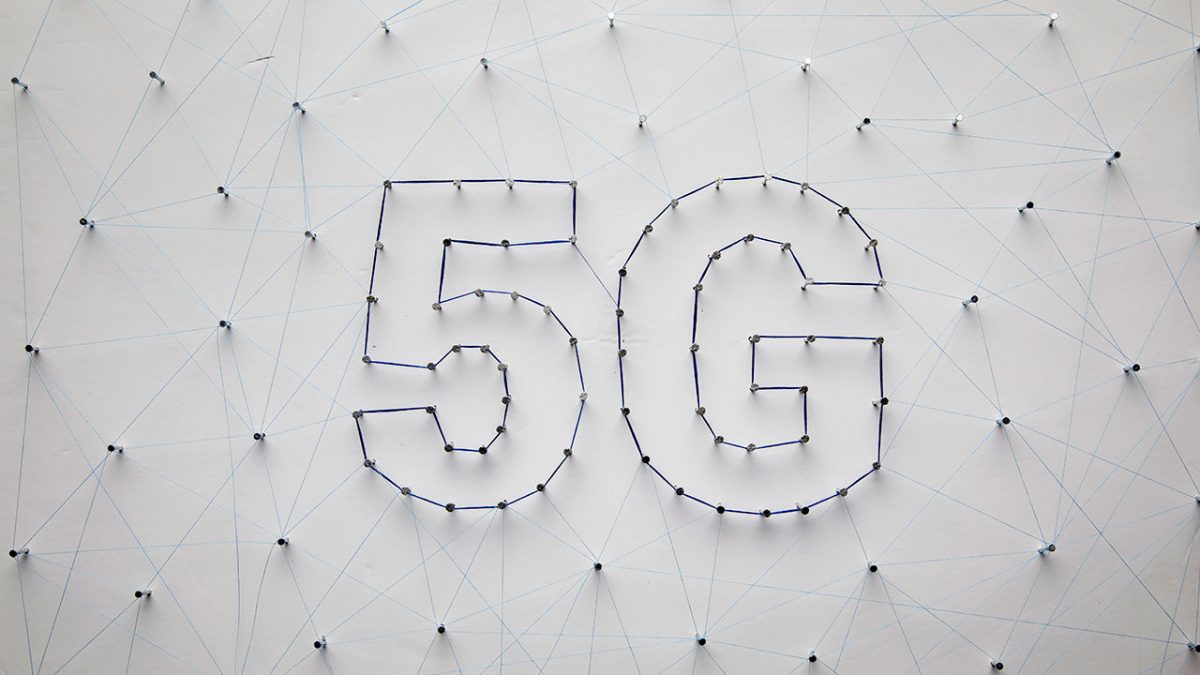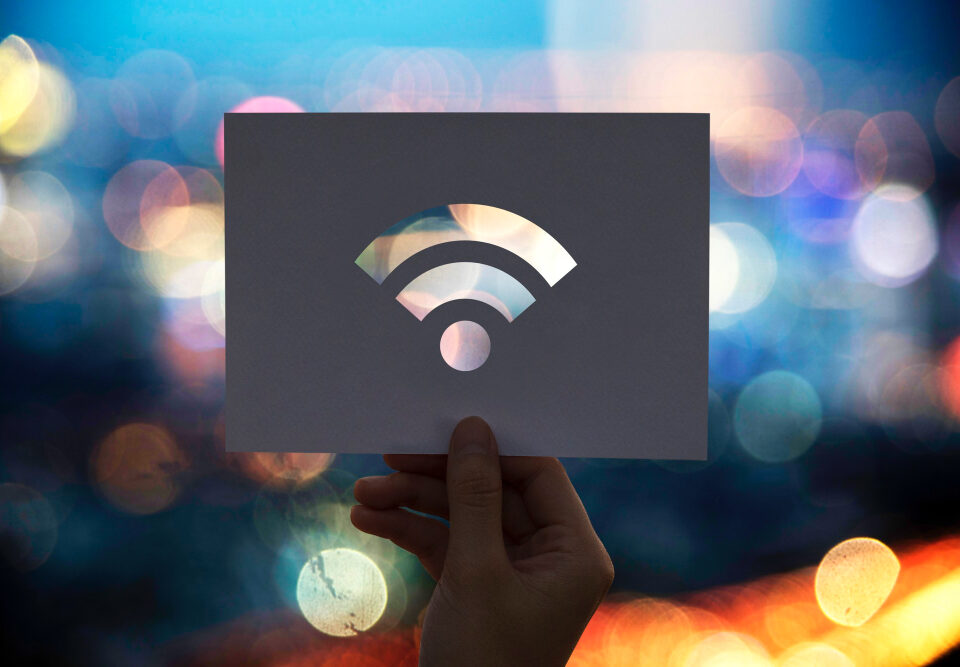- Mail:
- info@digital4pro.com
5G: From macrocells to femtocells

5G: Dalle macrocelle alle femtocelle
23 Giugno 2020
Il valore di un metodo, Alessandra Colonna
23 Giugno 2020The territorial coverage of mobile networks is currently achieved mainly through Macrocelle, consisting of clusters of antennas mounted on a pole and capable of serving thousands of users in a radius of several kilometers.
Given the frequencies in use, the number of usable users and the commercial purposes of the 5G implementation, the current configuration of the coverage of the territory operated through the 4G network will evolve significantly.
The impact on the territory will be the birth, alongside the current macrocells and the microcells born with 4G technologies, of the picocells and the femtocells. The future of territorial coverage is made up of smaller cells. Easier to install, with lower powers and cheaper to maintain, smaller cells serve fewer users. They can be connected to the rest of the network1
through the use of wireless point-to-point connections or, better, thanks to optical fiber.
Of course, the use of centimeter and millimeter waves2
allows, if not to abandon the current features of the radio base stations on poles, certainly to distribute small and camouflaged antennas on the territory that can be located on the facade of buildings or opportunistically on other above ground works.
This proliferation of antennas is obviously associated with the beneficial effect of the decrease in the powers involved which can become similar to those used by WiFi. So the territory will be increasingly covered by a large number of low power antenna arrays instead of fewer higher power antennas.
Particular attention in 5G is placed on the containment of energy consumption with mechanisms for regulating the power radiated by the antennas according to needs.
The small cells introduced by the 5G coverage of the territory are divided into three categories according to the area covered and the number of users supported.
-
- Femtocelle: They are the smallest cells and are designed for residential or corporate indoor or outdoor installations with coverage up to 50 meters. They make use of very modest powers of the order of 100 mW (similar to WiFi) and reduce the backhauling traffic of mobile operators by locally managing the users (maximum 16) connected to them. Thanks to them, homes and small businesses can have high-performance 5G access inside the building.
- Picocelle: These are cells suitable for indoor or outdoor installations with roofs up to 250 meters with powers of 250 mW. They manage up to 64 users.
- Microcells: They are cells suitable for outdoor coverage up to 2.5 Km with powers from 2 to 5 W. They typically up to 200 users in smart city contexts.
In rural areas, smaller cells can be used to extend mobile radio coverage operated by traditional radio base stations, while in densely populated areas they can extend their capacity in terms of number of users and performance.
1 Links of backhauling
2 In Italy, 5G is based on three frequency bands: it starts from the band between 694 and 790 MHz (called Band 700), it passes to the intermediate band between 3.6 and 3.8 GHZ (called Band 3 , 7 GHZ) to close with the band between 26.5 and 27.5 GHZ (called Band 26 GHz)




